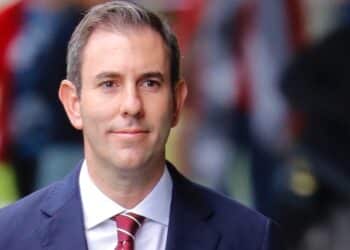A paper presented by actuaries Nathan Bonarius and Michael Rice to the Actuaries Summit last week argued that the ideal range for super contributions exists between where it is roughly now at 10 per cent and below what would be needed without age pension at 15 per cent.
The government has planned to raise the guarantee to 12 per cent from its current 9.5 per cent by July 2025.
Where the guarantee is placed now will result in median income earners relying on the age pension for most of their income, the analysts said, failing to make people self-sufficient in retirement and failing to meet the primary objective of the super system.
Rice Warner argued that many people living on a full age pension are living in poverty, suggesting that it will need to be changed in the future.
The proposed guarantee, which would place it at 12 per cent, would provide most of the population with an adequate retirement income, the analysis stated, while allowing for reforms to tax and contribution thresholds.
“At this level, the age pension cost as a percentage of GDP would fall and allow the government to divert the savings to other needs such as aged care,” Rice Warner said.
“The higher SG also grows capital markets, which is highly beneficial to the broader economy. We would recommend that the legislated increase go ahead as planned.”
In addition, a recent survey for the Association of Superannuation Funds of Australia (ASFA) by CoreData said the majority of Australians support the current compulsory superannuation system and want to see the guarantee raised.
The poll of 1,000 Australians showed around 80 per cent of respondents either supported or strongly supported the increase.
In contrast, the Grattan Institute has opposed it, saying it would force workers to accept lower living standards as the higher contributions would be funded by lower wages.
It also calculated the raised guarantee would hit the budget, costing $2 billion to $2.5 billion a year in additional tax breaks. The Grattan Institute believes the raise would cost the budget more than it saves in pension payments until 2060.
“The main beneficiaries from a higher super guarantee would be high-income workers, who receive a much larger tax concession than low-income workers and who will receive a relatively small share of their total income in retirement from age pension payments,” Grattan’s Orange Book report noted.
“But for most low-income workers, retirement incomes would largely erode the increase in income from savings.”




Can small business even afford this increase in SGC… as well as potentially higher rates of GST?